Web applications and website front-end frameworks are in high demand as businesses heavily depend on their online presence. A smooth and user-friendly customer experience is now more essential than ever for effective website navigation. Therefore, choosing the proper front-end framework that suits your needs is paramount.
Front-end frameworks are the backbone of website development, empowering developers to create user interfaces and web applications quickly. These frameworks offer pre-written, reusable code and components, streamlining the process of building web pages and applications. Consequently, businesses strive to achieve a better customer experience through these powerful tools.
This blog aims to guide you in selecting the best framework for your unique situation. Doing so can enhance your website’s user experience, improving overall performance and customer satisfaction.
React.js
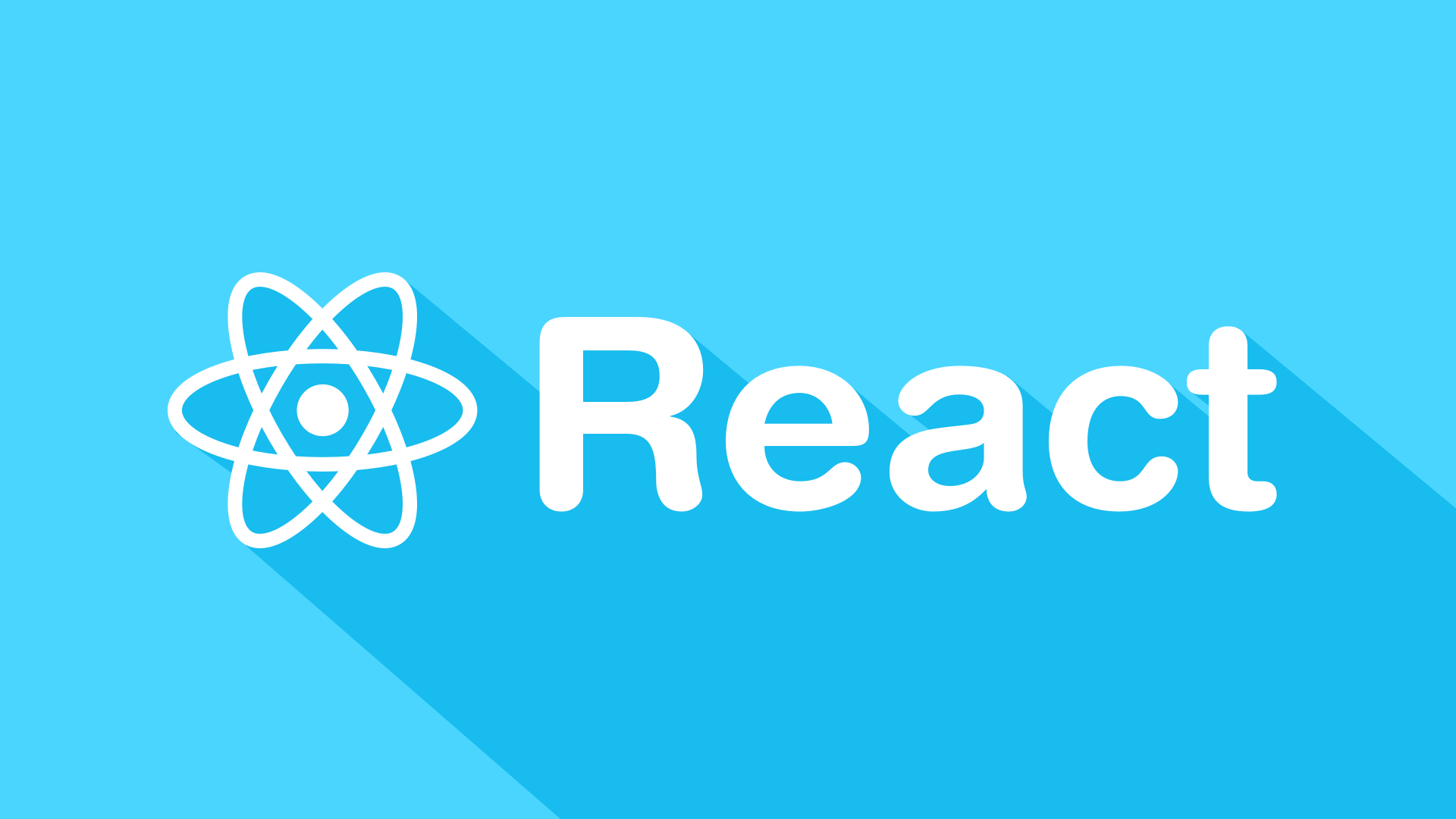
One of the main advantages of React is its ability to handle high-load web applications with multiple pages and features. React’s component-based architecture and virtual DOM (Document Object Model) make it incredibly efficient and fast, allowing developers to build complex applications easily.
In addition, React has a robust ecosystem with a wide range of tools and libraries, including React Router for managing client-side routing, Redux for managing application state, and Webpack for bundling and managing code. This makes it easy for developers to build and maintain large-scale applications.
Furthermore, React has excellent support for mobile devices, ensuring that applications look and feel native on iOS and Android. This is especially important in today’s mobile-first world, where many users access the web primarily through mobile devices.
Vue.js

Vue.js is a popular and versatile open-source JavaScript framework for developing a perfect user interface on the web. It’s designed to be simple, easy to use, and incrementally adaptable, making it suitable for small and large-scale projects.
One of the key advantages of Vue.js is its progressive nature, which means that developers can start small and gradually add more complexity as their project grows. This approach allows for a more manageable learning curve and reduces the risk of overwhelming developers with a complex framework.
Vue.js provides a range of features that make it an attractive choice for web development, including simple templates for rendering dynamic data from models onto the page, built-in transition and animation tools for creating smooth and visually appealing user experiences, and the ability to scale up or down depending on the project’s needs.
Vue.js has gained popularity among startups and larger companies, including Alibaba, Nintendo, Google, Adobe, BMW, Upwork, and more. Its ability to provide simple and efficient solutions to complex web development problems has made it a go-to framework for many developers.
jQuery

jQuery is a popular open-source JavaScript framework that was first released in 2006. It is known for its efficiency in building user-friendly and appealing user interfaces and has remained a widely used framework over the years. jQuery is suitable for a variety of tasks, including animation effects, event handling, and building JavaScript desktop applications.
One of the reasons for jQuery’s popularity is its ability to make code brief and simple. It provides comprehensive features and tools to help developers streamline their code and work more efficiently. However, it is essential to note that jQuery may not be the best option for developing dynamic applications, as it can result in heavy code due to a large amount of additional JavaScript code.
Modern frameworks with simplified JavaScript, less code, and more reusable components may be more suitable for building dynamic applications. These frameworks can help developers write cleaner and more efficient code, making it easier to maintain and update their applications over time.
Ember.js
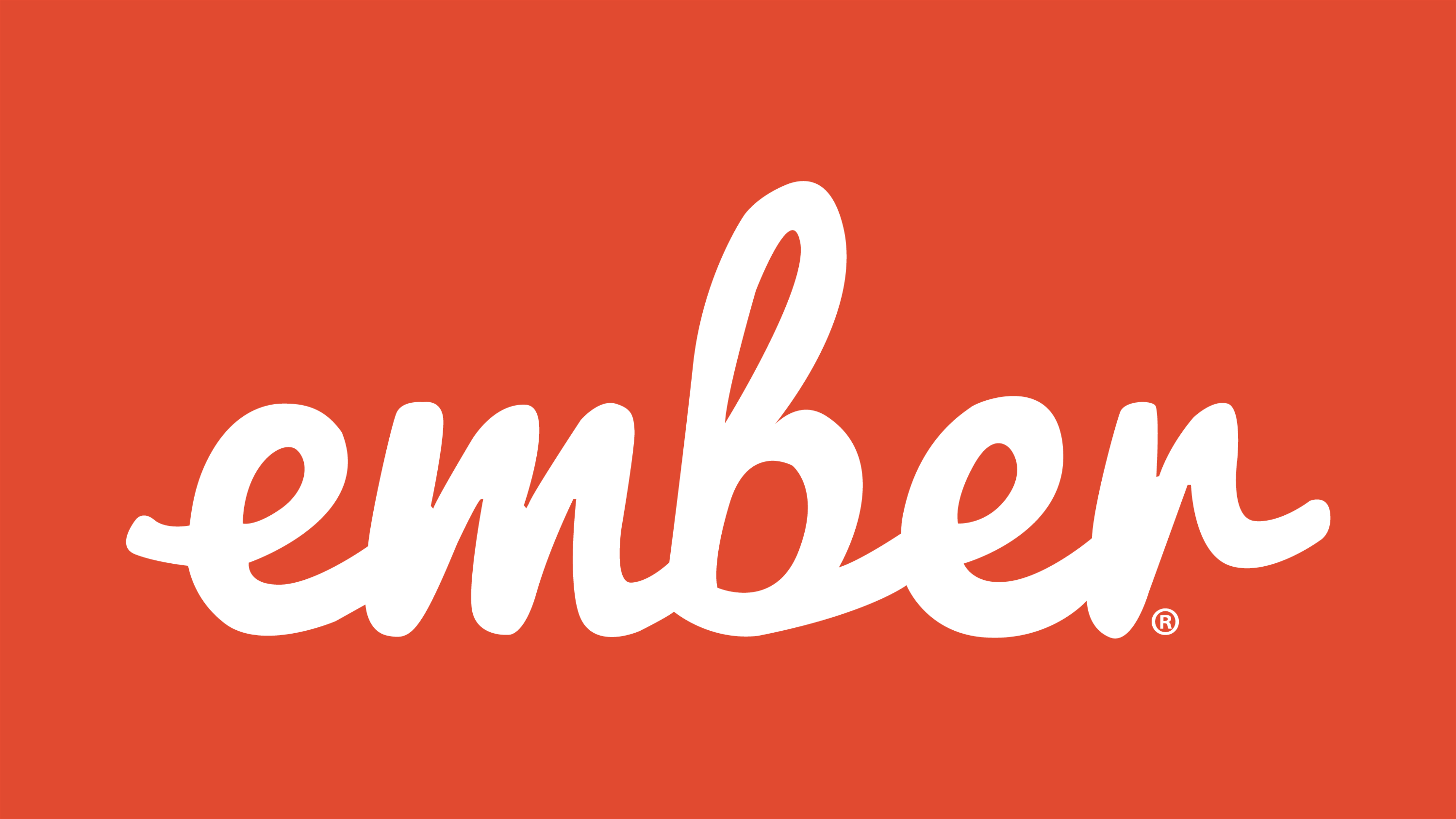
Ember is an open-source, well-managed component-based framework that can help developers build modern user interfaces for various digital solutions and applications. While it may have a steep learning curve, Ember offers a range of benefits for developers, including excellent testing and debugging tools, a URL-focused approach, a supportive community, support for both TypeScript and JavaScript and consistent documentation.
With Ember, developers can quickly build robust and scalable applications thanks to its component-based architecture and well-defined structure. The framework also supports server-side rendering, which can help improve the performance of web applications.
In addition, Ember has a solid and energetic community of developers who contribute to its development and support one another. This can especially become handy for developers who are new to the framework or facing project challenges.
Overall, Ember is a powerful and flexible framework that can help developers quickly build modern and scalable web applications. While it may require some learning investment, its benefits make it a worthwhile choice for any development project.
Angular
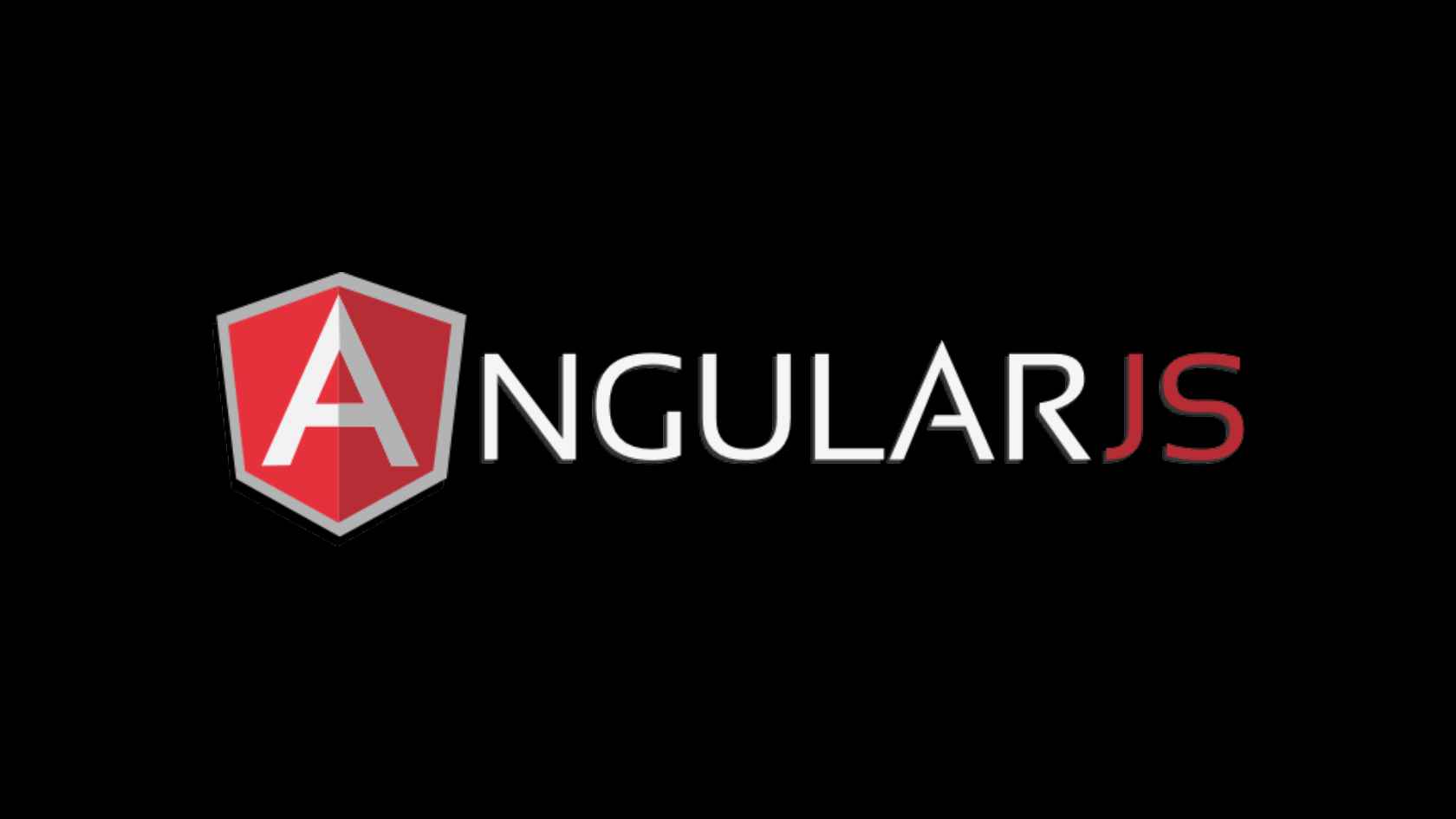
Angular is a highly effective front-end framework that has gained widespread popularity among front-end developers due to its numerous benefits. Created by Google and launched in 2010, Angular was reissued in 2016 with improved features and performance. As an open-source and free framework, Angular can be used to develop cross-platform applications of varying complexity and scope.
One of Angular’s key advantages is its two-way binding feature, which allows for real-time updates and instant visualization of changes. This functionality makes it a perfect selection for crafting extensive applications across diverse sectors, including finance, banking, and healthcare. With a vast community and extensive knowledge base, Angular is a popular choice for front-end developers worldwide.
While Angular has many useful features that give it an edge over other frameworks, it does have a steep learning curve compared to React or jQuery. However, the benefits of using Angular far outweigh the learning curve, particularly for projects requiring high security. While there may be better choices than Angular for small and medium-sized companies, its scalability and security features make it an excellent option for larger projects.
Preact
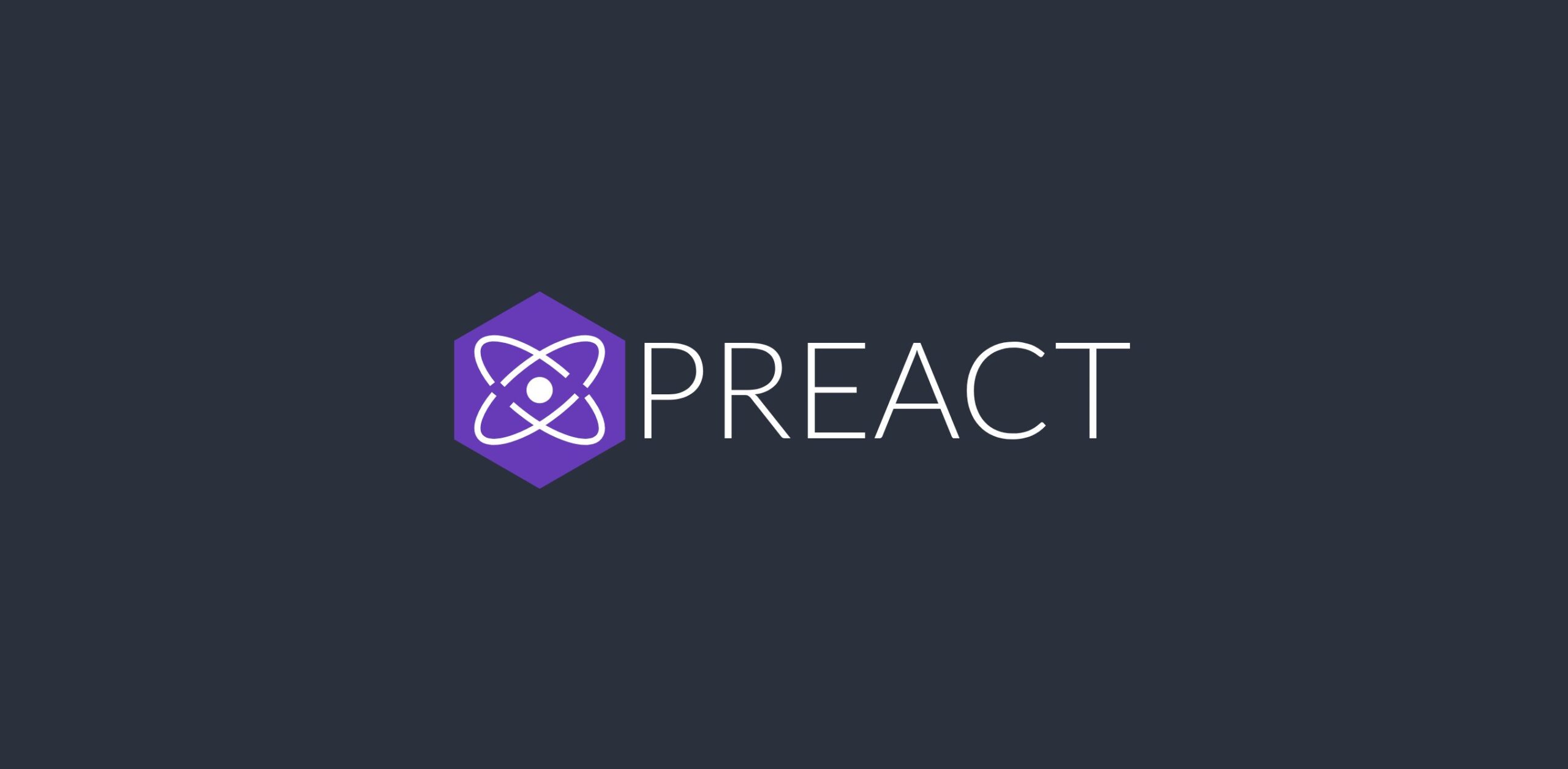
Preact is a lightweight frontend framework that allows developers to create responsive and rapid web applications without the need for transpiring. Unlike other frameworks, Preact provides a minimalistic DOM abstraction, enabling direct use in the browser without any complexity.
The framework is designed to be easy to learn and execute, with a small codebase and a user-friendly command line interface. Preact is an excellent choice for developers who want to create small applications with minimal integrations. Its super lightweight nature makes it ideal for fast and efficient development.
However, it is essential to note that Preact is incompatible with React or any other framework and does not offer context support or synthetic event use.
Preact is a powerful front-end framework that simplifies web development by providing a streamlined and efficient coding experience. Its lightweight nature and easy-to-use interface makes it an excellent choice for developers who want to create fast and responsive web applications with minimal fuss.
Backbone.js
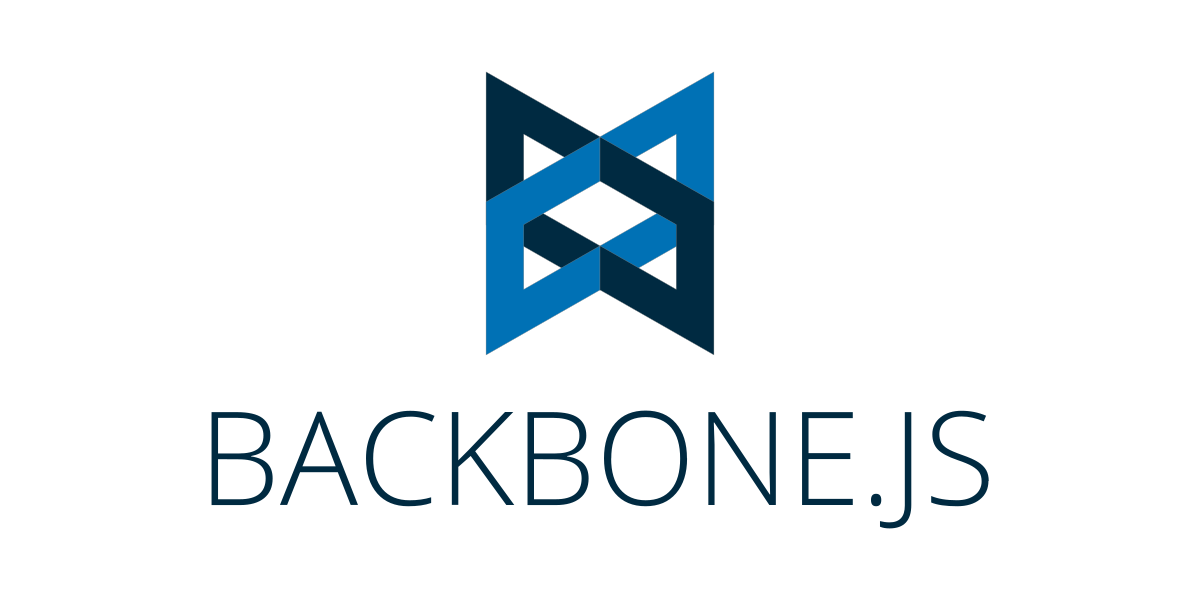
Our final player on this list, Backbone.js, is a popular JavaScript library that structures web applications by offering models with key-value binding and customized events. It is commonly used to develop single-page web applications and has been employed in developing high-traffic platforms such as Foursquare, SoundCloud, Trello, Hulu, and Uber.
While Backbone does not support two-way data binding, it is still favored by front-end developers due to its lightweight nature, an array of extensions, and ease of use. Despite its peculiar architecture, Backbone is a reliable framework for building web applications, and its use is well-established in the development community.
